5 Countries with the Largest Nuclear Power Plants
5 Countries with the Largest Nuclear Power Plants
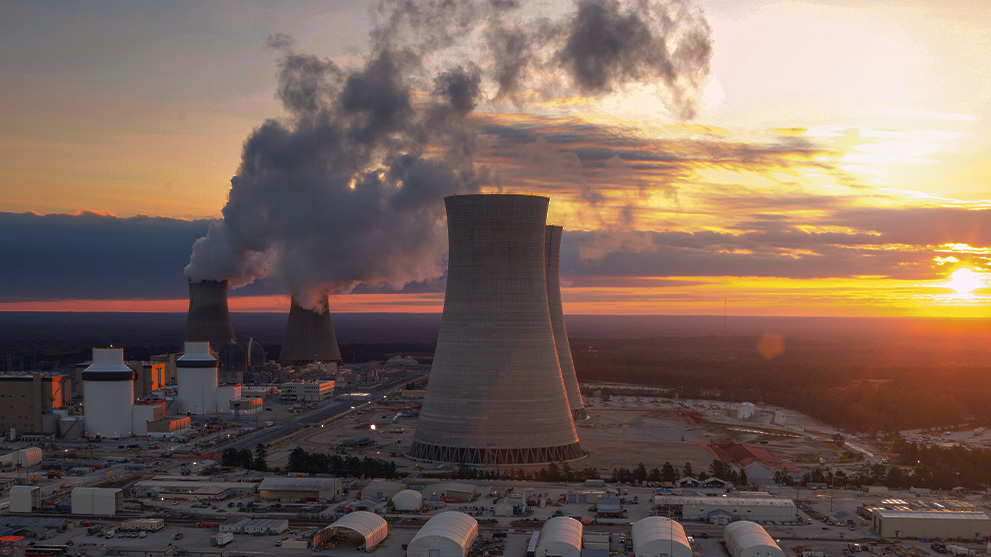

Small modular reactors are the subject of intense focus, but gigawatt-scale plants are the workhorses of the nuclear power industry.
The nuclear power industry in the United States celebrated the start of commercial operation of Unit 3 at the Vogtle power plant in Georgia in July 2023. A fourth unit is slated to begin commercial operation in early 2024, raising the nameplate generating capacity of the plant to 4,500 MW. That would make Vogtle the largest nuclear power plant in the United States.
Other countries that have committed to nuclear power have built much bigger plants. While the U.S. nuclear industry is focusing its attention on small modular reactors, which promise to be faster to build and easier to site, the workhorses of the global nuclear power industry are plants with multiple reactors and a total nameplate capacity of 2,000 MW or better—large enough to power a mid-size metropolitan area.
Here are five countries that have the largest nuclear power plants.
Jeffrey Winters is editor in chief of Mechanical Engineering magazine.
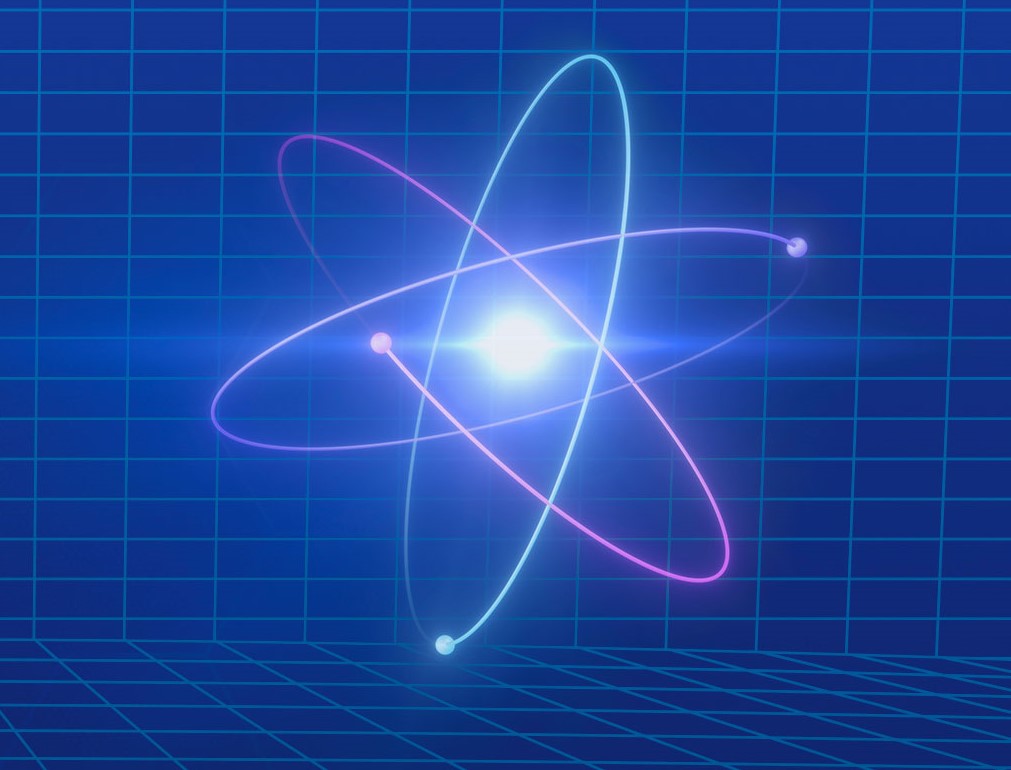
Other countries that have committed to nuclear power have built much bigger plants. While the U.S. nuclear industry is focusing its attention on small modular reactors, which promise to be faster to build and easier to site, the workhorses of the global nuclear power industry are plants with multiple reactors and a total nameplate capacity of 2,000 MW or better—large enough to power a mid-size metropolitan area.
Here are five countries that have the largest nuclear power plants.
South Korea
As a modern, industrialized country with little in the way of oil and gas production and small coal reserves, South Korea has looked to nuclear power to provide clean, reliable electricity. The country built a number of plants in the 1990s and 2000s and now has a nuclear generating capacity of more than 24,000 MW from 25 reactors. The largest plant is at Hanul, which has seven reactors connected to the grid for a total electric capacity of 7,260 MW. One more 1,400 MW reactor is under construction.Canada
The Bruce Nuclear Generating Station on the shores of Lake Huron in Ontario is an eight-unit power plant with a nameplate capacity of more than 6,500 MW. By the time Unit 8 was commissioned in 1987, it was the world’s largest nuclear plant. Bruce uses a pressurized heavy-water reactor design called CANDU. The technology was developed by Canadian engineers in the 1950s and 1960s, and there are 19 such reactors operating in Canada with a net generating capacity of 13,624 MW, according to the International Atomic Energy Agency.China
Due to its rapid growth in recent decades, China has had a near-insatiable demand for electricity. The country has built out every type of generating technology, including nuclear power, which accounts for around 5 percent of the supply. The Hongyanhe Nuclear Power Plant in northeast China has a nameplate capacity of more than 6,700 MW and is made up of six reactors that have been online since 2013. China can also boast of three other six-reactor power plants with better than 6,000 MW capacity. In addition to the 55 total reactors in operation, 23 more are under construction and 41 are planned. If all of these are completed, the total nuclear generating capacity in China will reach 120,000 MW.Ukraine
The Zaporizhzhia Nuclear Power Station in southeastern Ukraine features six reactors and a total electric output of more than 5,700 MW. Five of the reactors were commissioned while Ukraine was part of the Soviet Union while the sixth reactor began operation in 1996. The power plant has been a cause of concern in recent years as it is under occupation by the Russian army, and there are fears the reactors may be damaged if major fighting occurs in the area.France
France invested heavily in nuclear power in the 1970s and 1980s, and the country now boasts 56 operating reactors with a total net capacity of 61,370 MW. Nuclear power accounted for more than 62 percent of France’s electricity production in 2022. Most of these reactors are grouped into two- or four-unit plants, but Gravelines Nuclear Power Station on the North Sea coast has six reactors, giving it a nameplate capacity of 5,460 MW. One feature of this plant is the use of its cooling water by commercial fish farms; the water, which is warmer than the seawater in that stretch of the North Sea, is said to promote faster fish growth .Jeffrey Winters is editor in chief of Mechanical Engineering magazine.

ASME's Conference for Advanced Reactor Deployment
Connect with utility, regulatory, and financial leaders to discover opportunities in the nuclear supply chain.
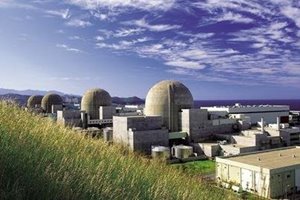
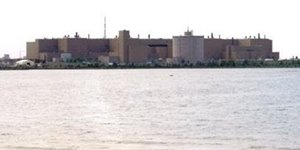
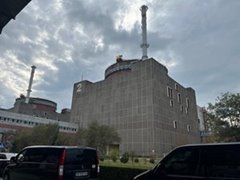
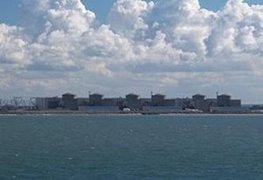

.png?width=854&height=480&ext=.png)

